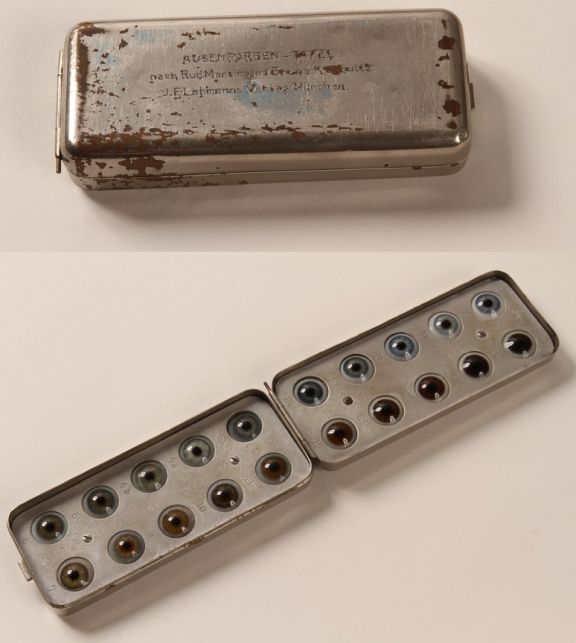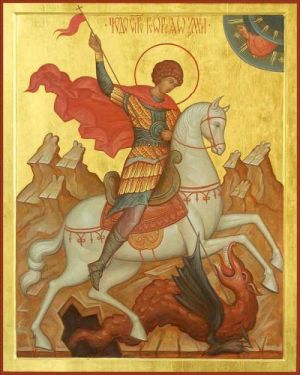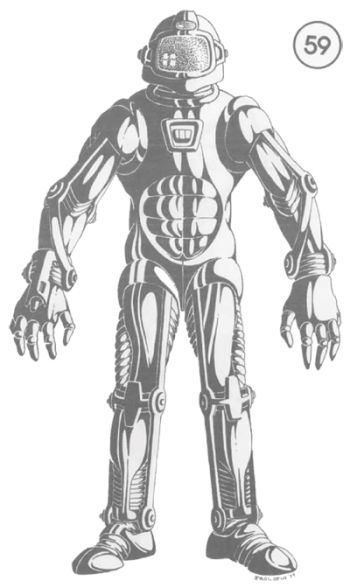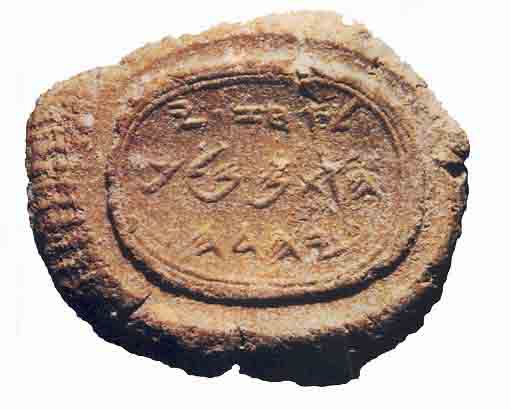Way back in 1980, TSR Hobbies Inc. published one of the better AD&D modules ever written, namely Expedition to the Barrier Peaks. I’ve both participated in this classic as a player and a DM. Most recently, I modified the module for use with the excellent Stars Without Number.
The module is full of great encounters. The hordes of vegepygmies. The deranged physical fitness android yelling motivational phrases. “You’ll never make the team THAT way!” The pack of doppelgangers. The intellect devourer. The mind flayer! The mutant horrors of the botanical gardens. Without an overarching script or plot, the consequences of the expedition are wide open. I remember one group decimated by radiation sickness and forced to retreat. Another group looted technological treasures and departed, intending but failing to return. For a time, the boxing/wrestling android joined a party as an NPC. One group I knew of took the time to create a new magic-user spell by means of which the party’s wizard merged his mind with the computer system, in effect gaining control over the entire “dungeon” complex.
Expedition to the Barrier Peaks reflects very well the gonzo, kitchen-sink style of Greyhawk. So-called purists snarking about “No guns in my campaign!” are welcome to run their game however they want, but AD&D always included at least the possibility of incongruent technologies and cultures. It’s built into the Dungeon Master’s Guide, which hints the possibility of AD&D, Gamma World, and Boot Hill all being part of a shared multiverse. Knights and cowboys versus mutants and desperadoes in The Valley of Gwangi? Yes, please!
(Nota Bene: The links to games in the previous paragraphs are affiliate links. You click and buy, I get a bit of money.)
Powered armor looks like a suit of unusual plate armor. The joints appear to be finely, if somewhat strangely, articulated and an oily, black, leather-like material may be seen at major joints. The armor appears to have been worked to create the illusion of a heavily muscled man. The great helm is unusual in that it has no openings, only a broad glass plate in the front with a piece of glass above this. There are strange plates and tubing at various points and large metal bosses seem to be placed randomly on the suit. On the back of the left hand is a rectangular metal box. From this comes a short projecting rod tipped with a cone-shaped red crystal or jewel. It would seem there must be a man inside, for the armor stands erect although unmoving (Expedition to the Barrier Peak, page 25).
Powered Armor
Armor Class: 20
Stealth: Disadvantage
Weight: 130 lbs.
“The powered armor is opened by pressing two separate buttons concealed in the rear of the helmet beneath its lip. Pressing both buttons at the same time will pop open a seal down the middle of the back of the armor. A person may then climb into the armor, feet first, double over and slip his or her head and arms into the suit. Then, by arching his or her back, the armor will reseal itself. The release catches may be reached while wearing the armor, but it will take” an action “to operate.”
While wearing the armor, the person inside has a speed of 20 feet. The wearer’s jump distance is tripled, and the wearer is treated as if he or she has a 19 Strength for purposes of jumping, grappling, and lifting and carrying. The armor has a “laser pistol built into the right arm” above the hand. The laser pistol fires when the “chin lever” is depressed. The laser pistol is a ranged weapon that has a range of 30/120 feet. It inflicts 2d8 points of fire damage. The laser pistol will not fire more than 2 times in a round.
The suit provides protection from the environment. “The powered armor is completely sealed and will withstand vacuum or pressure equal to 1,000 feet of water. Air system provides oxygen for 8 hours of continuous use, recharging at 1 hour per hour of non-use. No gases or viral contaminants can enter the suit.”
The powered armor has a force field that absorbs “50 hit points damage before shutting down, restored at 1 hit point per round”. Without the force field, “damage sustained is taken by the armor itself.” The armor has 50 hit points. “When the armor reaches 0” hit points, “it is non-functional in all systems. Damage accruing beyond this point goes to the person inside.”
“The anti-grav system in the armor allows the wearer to become weightless and float upwards or downwards” with a speed of 20 feet. “The wearer can carry carry up to 500 additional pounds of weight when so doing. Anti-grav will function for” 1 hour, or 30 minutes “if carrying additional weight, of continuous operation. For each round of operation, it must recharge” for 10 minutes. “When power is down to” 10 minutes of operation, “the suit will issue a low pinging sound, and a small orange panel will light up; pinging will recur every round thereafter, and the panel light will flash during the last round of operation before the power fails.”
“The armor will immediately fall, but a small reserve charge will prevent injury to the wearer, although the powered armor itself will sustain damage equal” to the damage inflicted by the fall.
“Powered armor has built-in atmosphere with a readout panel above the vision area; it also has built-in language translators.” Treat this as tongues. “Hearing in the armor” is augmented. The wearer has advantage on Wisdom (Perception) checks related to hearing. The armor also has “infrared visual sensors” that grant darkvision out to 120 feet.
“The wearer of the suit does not become fatigued as normal. Continuous operation for periods as long as 8 hours is possible. Powered armor does not use power discs. It is only rechargeable at specialized terminals.”
Tags: 5E D&D, magic items, Tuesday Terror






